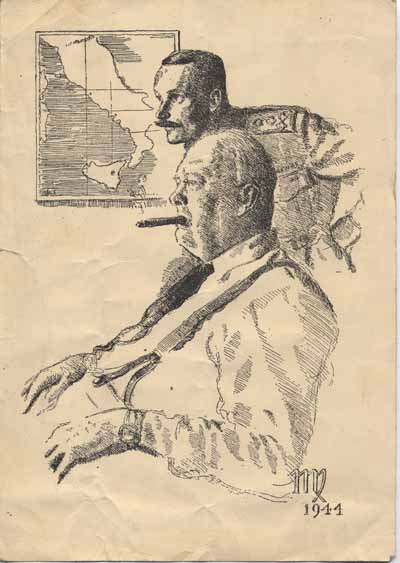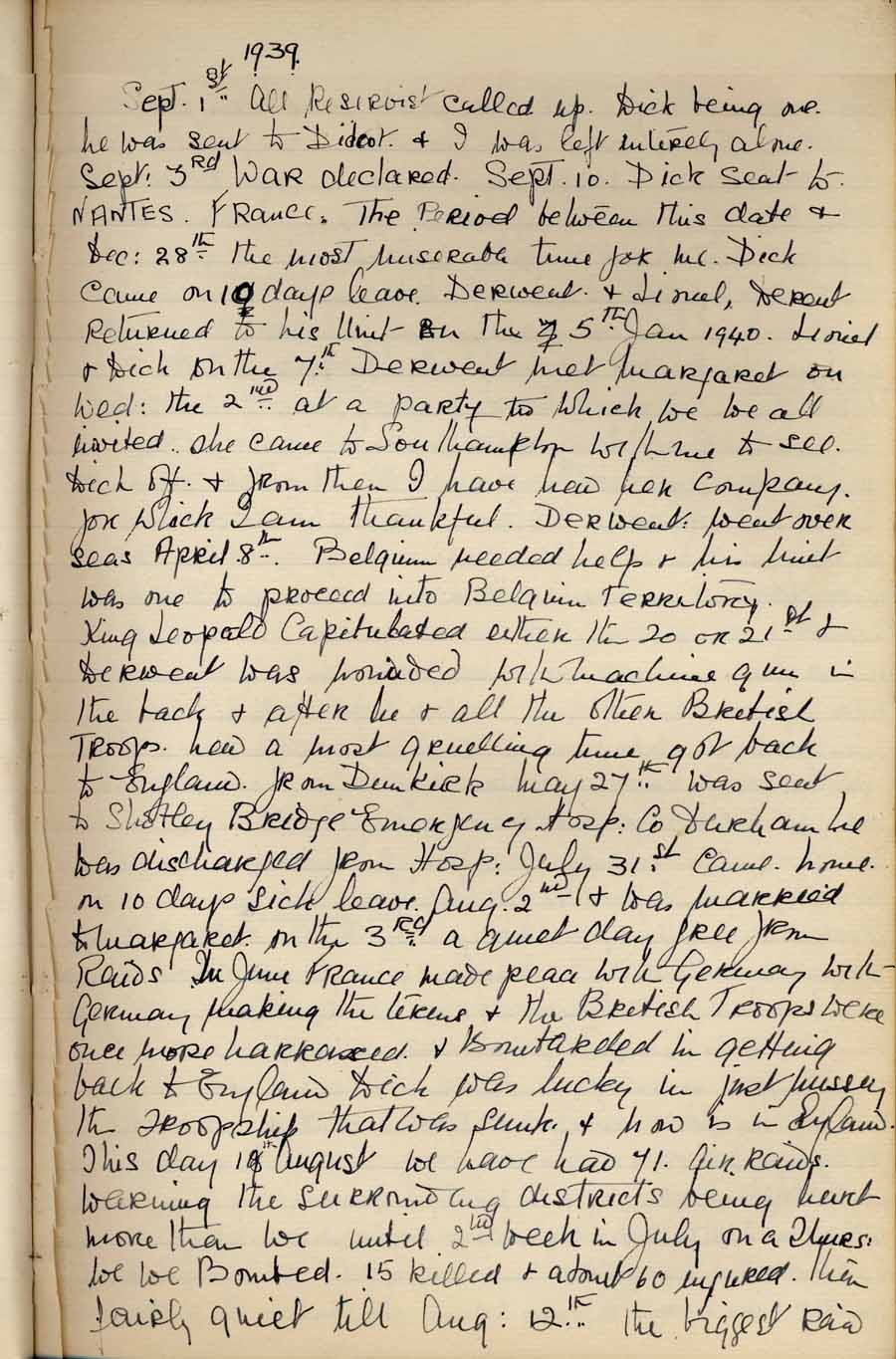The MOV could have been the best decision the Veloce company ever made. In the mid-’20s they had developed the overhead cam K models which had been so successful in both racing and in subsequent sales of road bikes that they had had to purchase larger premises to meet the demand. However the engine was complex and expensive both to produce and to maintain.
The MOV was the founder and, arguably, the best of the subsequent ‘M’ series. Introduced in 1933 the ‘square’ engine with its high camshaft was smooth and high-revving but used push-rods, so was a much simpler proposition. In a road test in 1938, this 250cc machine was taken to 7,600 in the gears and achieved 72 mph.
And this was not some factory tuned road test special – they all went that well, to the point where many were developed for racing with significant success. My machine is one such.
The engine is basically that of the next ‘M’ arrival, the MAC. This was a 350 but the crankcase accepts the MOV crank, the barrel has been shortened and it is topped by the MOV head … which has received some attention. The inlet has been opened out to 1″ and for racing used a TT carburetter. The camshaft is an M17/8 as used on the Thruxton, with the Thruxton cam followers (which extend the overlap) and there are larger valves with “american” springs. The stronger crankcase also makes the double speed oil-pump available. There is a KSS close-ratio gearbox. I asked the seller what rev limit I should observe – he just said: “How brave are you?!” It came with several boxes of the original MOV parts so it is theoretically possible to restore it to its original state – less a few important bits of tinware, I am sure!
All went well until I attempted to ‘improve’ the carburation. I had been told the TT carb was not practical for road use. In its place was … “the left hand carb from a 1951 Tiger 100 race kit”. This had several problems in that it was the wrong hand, the float chamber was the 7 1/2 degree rather than the required 15 degree unit and (perhaps in consequence?) it leaked petrol when on the stand. Following up an ad in Fishtail I fitted the ‘correct’ float chamber and then my problems began. Having tried all sorts of carburetters and adjustments I fitted an Iridium plug and suddenly it worked again. By now I was on an oversized (1 1/8″) Mark 1 Concentric – with a 270 main jet – the same as a Venom. With this, it would tick over very slowly and reliably but also keep revving to the point where I feared for the engine’s life. Excellent apart from between 3 and 4,000 where it was not a bit happy. Too big a choke size was diagnosed and now it has a Monobloc from a sporty C15 which seems to give the same performance but with only a minor flat spot around 3,000.
The other problem was size. It had been developed for small riders. I suffered both from the tiny low bars (attached to girder forks!) and cramps from the high footrests and low saddle. OK – I would convert it to a flat-tracker …
A friend gave me some C15 bars and another a bigger saddle, which I mounted higher while lowering the still rear-set footrests. Now I am much less cramped and can have a lighter grip on the bars, lessening the pain in my arthriticky wrists … Yes, you may well ask what I am doing riding motorbikes ! The bike now ticks over at about 500 rpm despite what it says on the rev-counter. I have yet to go for a top speed test …
A final observation: having a bitza is a liberating experience – you are not constrained by maintaining the bike as standard for fear of reducing its value. I suddenly rediscovered why I like motorbikes – they are for having fun!
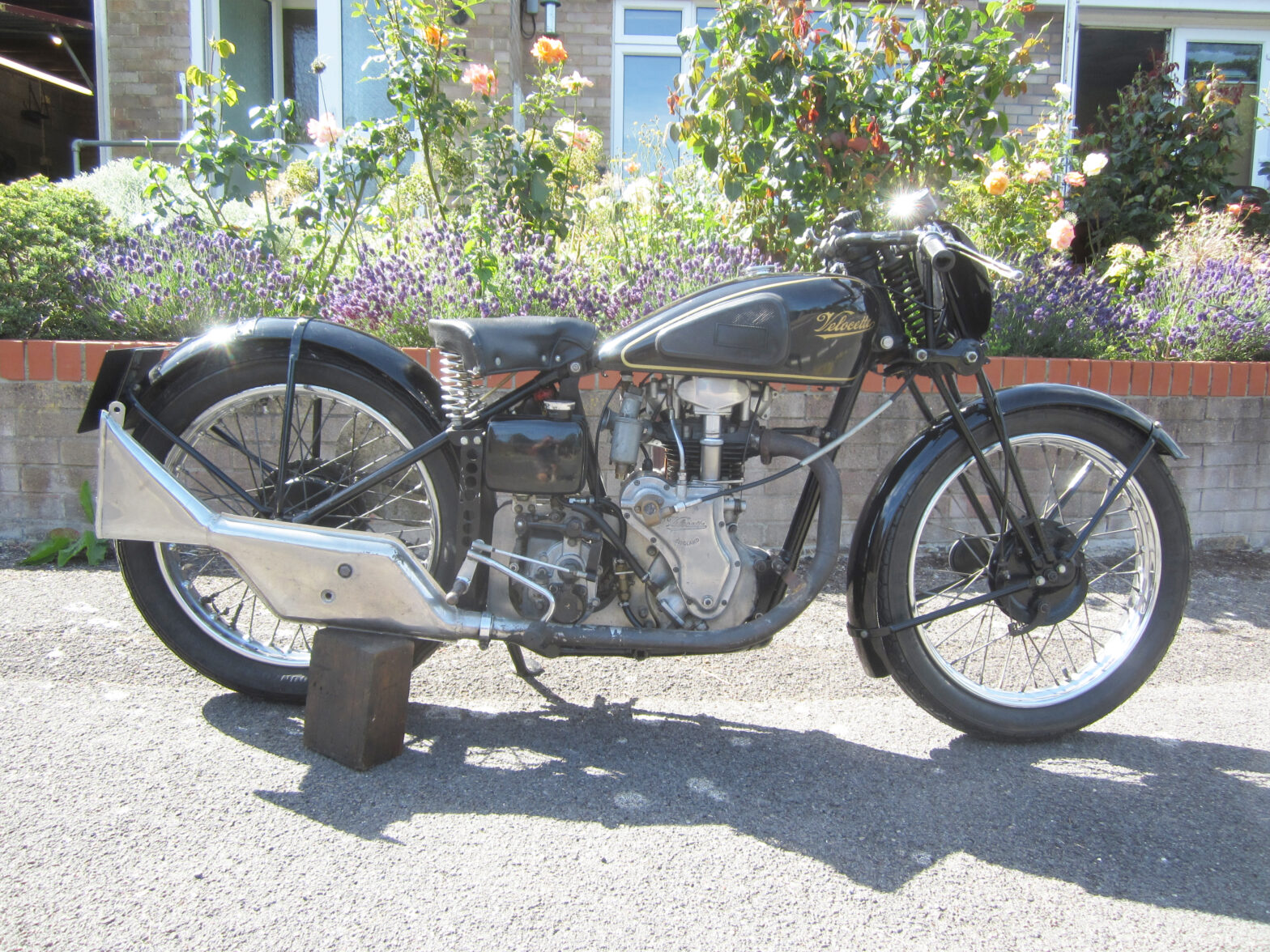
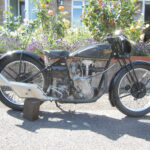
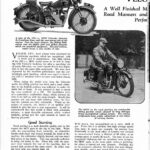
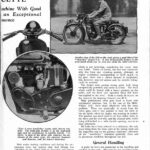
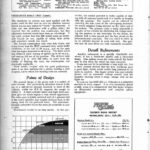
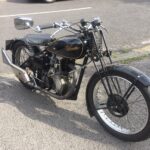

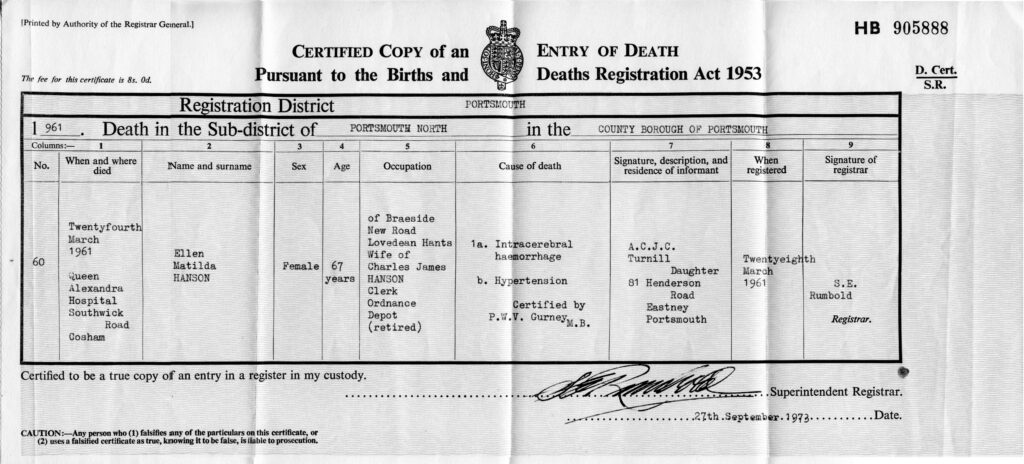

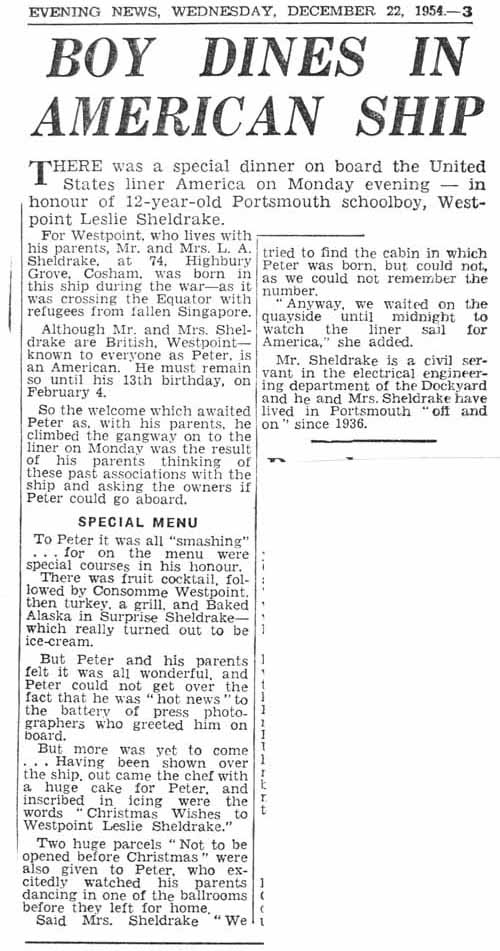
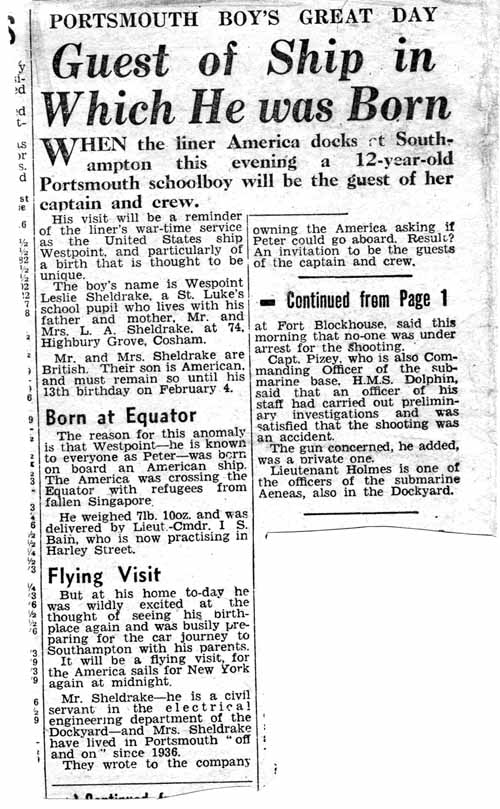
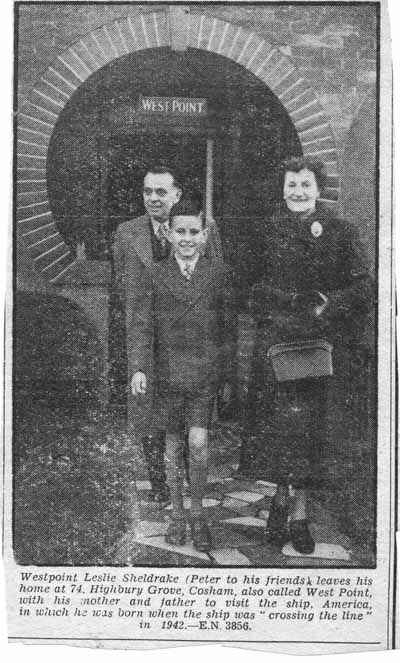

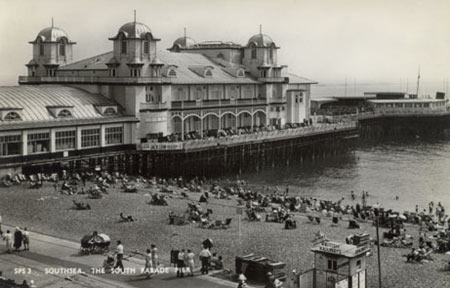
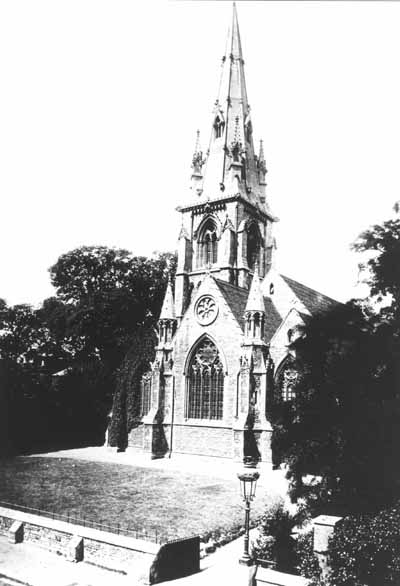
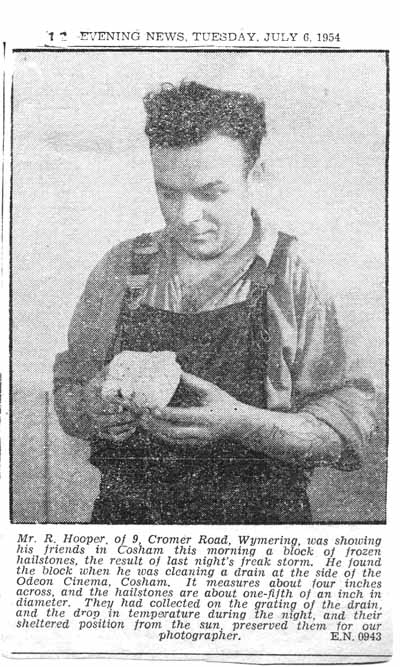



 Peter Robert Turnill, third and youngest son of Joan, b 1/5/1947, m 19/10/1971
Peter Robert Turnill, third and youngest son of Joan, b 1/5/1947, m 19/10/1971
 Little more than a shed! The picture shows it in 1982 shortly before we demolished it. The house to the left was built by Joan and occupies half the plot they bought in 1952. They had about 2/3 of an acre of ground.
Little more than a shed! The picture shows it in 1982 shortly before we demolished it. The house to the left was built by Joan and occupies half the plot they bought in 1952. They had about 2/3 of an acre of ground. Margaret Ianthe ? ? Hanson, first child of Derwent & Margaret, b ??/??/1942, m ????? d ??/??/2008? Ellen holds Ianthe – taken 1/3/43
Margaret Ianthe ? ? Hanson, first child of Derwent & Margaret, b ??/??/1942, m ????? d ??/??/2008? Ellen holds Ianthe – taken 1/3/43 Richard Brian Turnill, first child of Joan & Victor, b 23/10/1942, d 12/1/1961. Douglas must have got lost somewhere.
Richard Brian Turnill, first child of Joan & Victor, b 23/10/1942, d 12/1/1961. Douglas must have got lost somewhere.
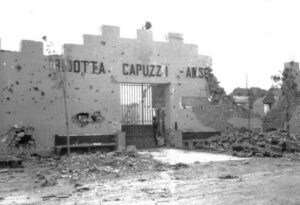 They certainly did …
They certainly did …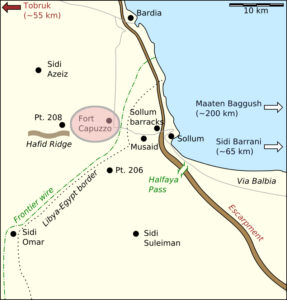
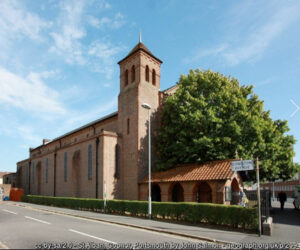
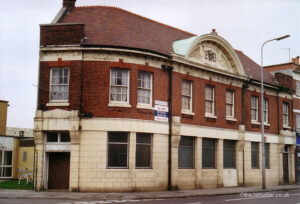

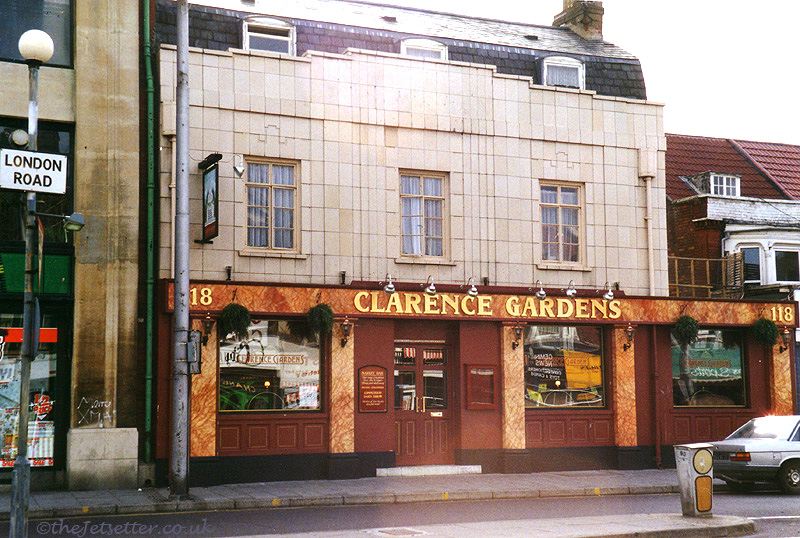
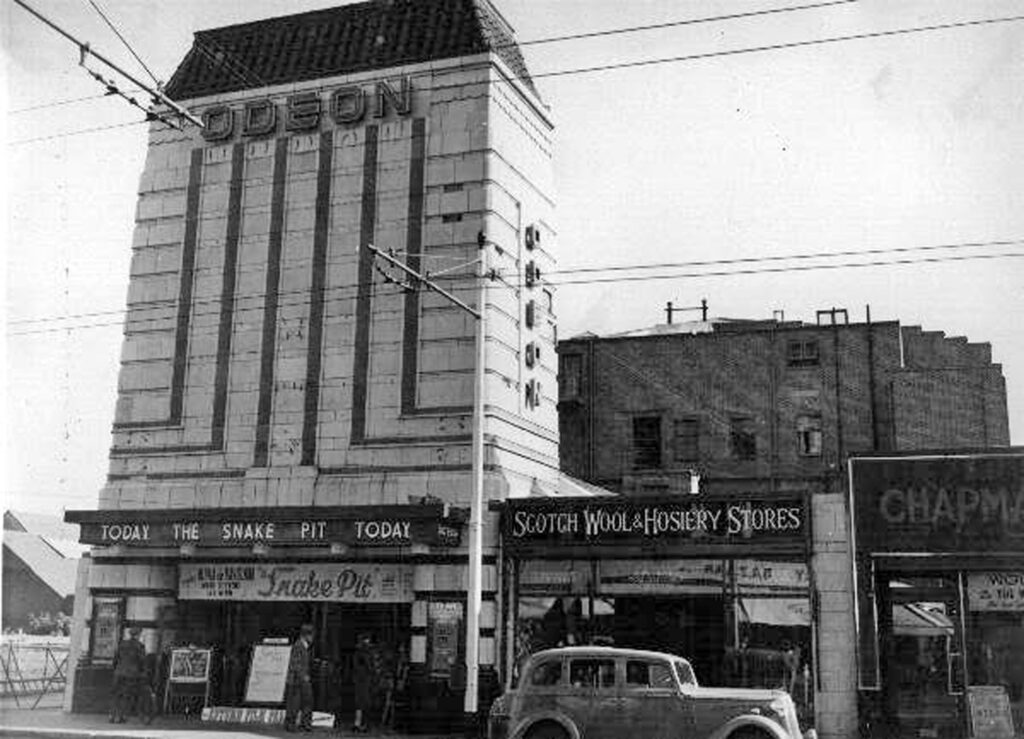

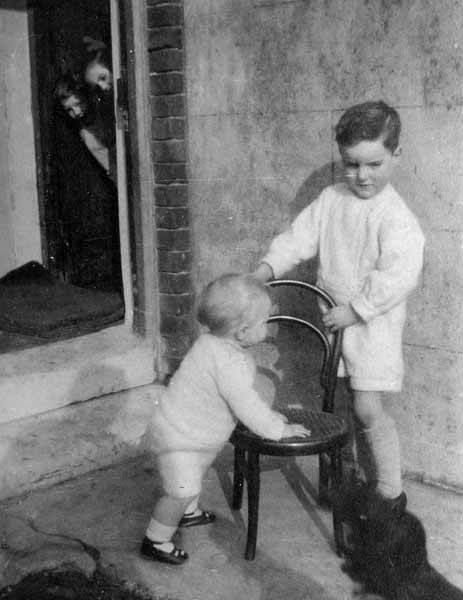 Derwent George Cooper Hanson was their 3rd child, born 8/9/1918, and thus just 21 at the start of the war. Died ??/??/??
Derwent George Cooper Hanson was their 3rd child, born 8/9/1918, and thus just 21 at the start of the war. Died ??/??/??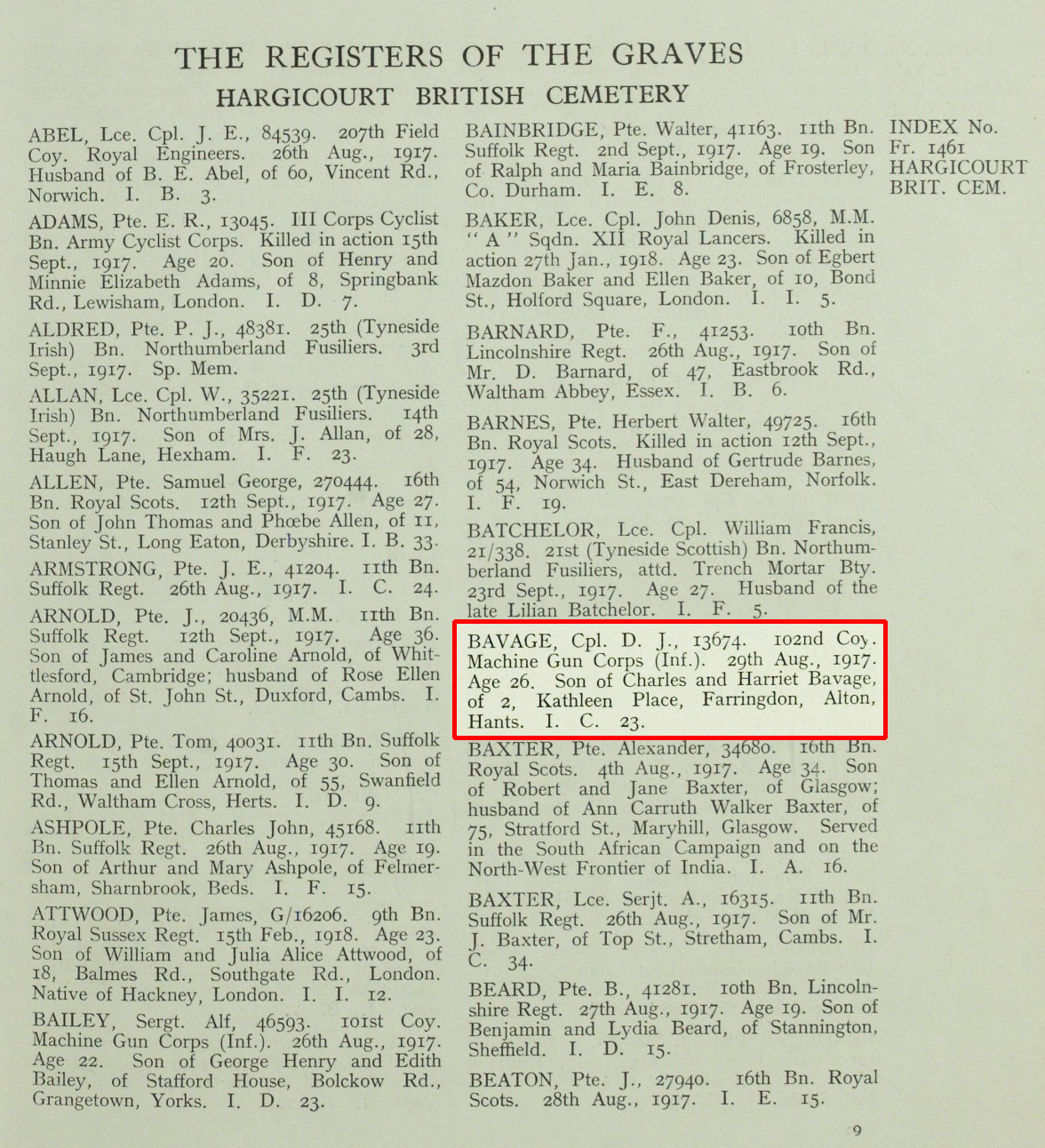
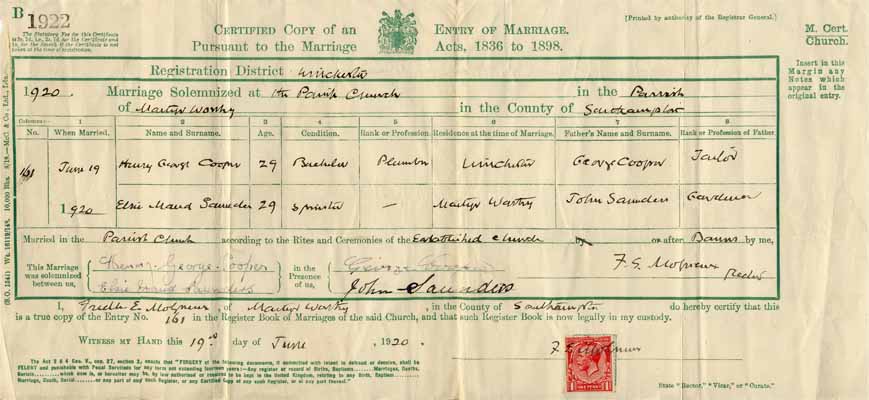
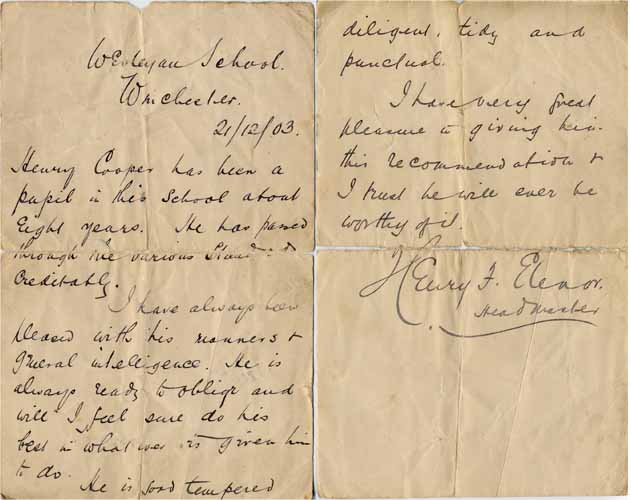


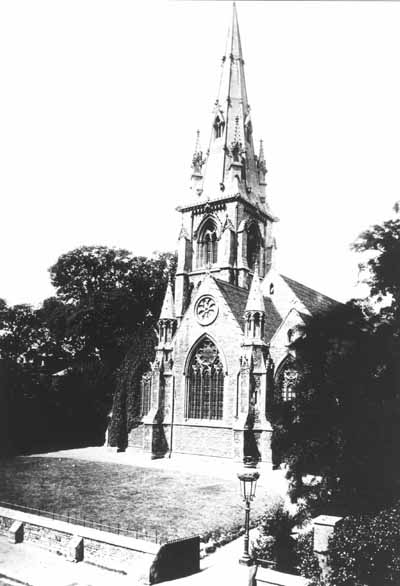
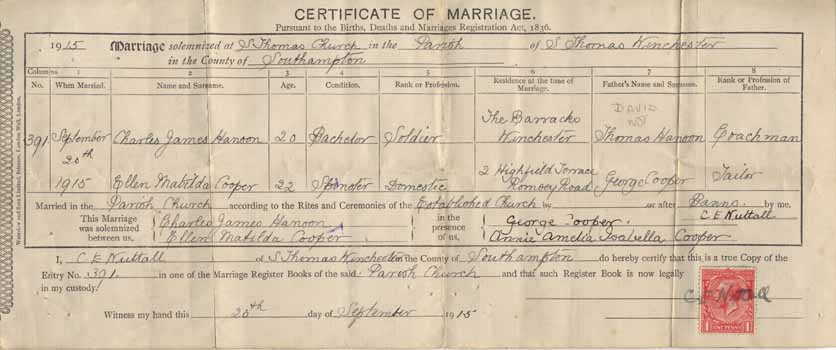
 Margaret Williams, born ??????,
Margaret Williams, born ??????,